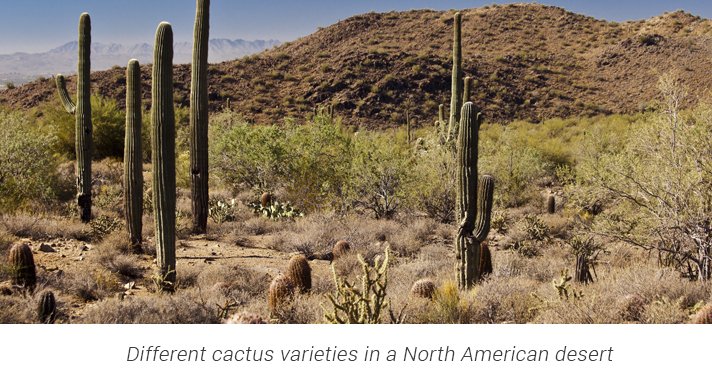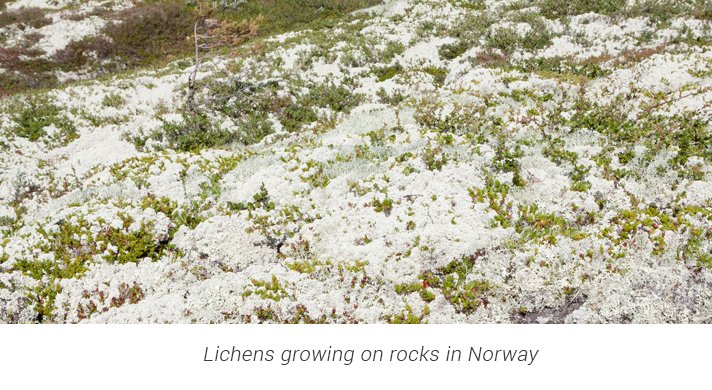Plants that grow on land are called terrestrials. Among the major plant habitats are the deserts, forests, and grasslands.
Deserts
Only few plants survive in deserts because of the harsh conditions in them, primarily the extreme temperatures, limited rainfall, and, in hot deserts, the high evaporation of moisture from the very dry soil.
Water is a vital element in photosynthesis, or the process by which a plant makes its food. Plants absorb water in the ground through their roots. They use the water primarily for photosynthesis but also lose some of it as the water evaporates through their leaves. In hot deserts, water evaporates from a typical plant much faster than the plant is able to replace it.
Plants that grow in places with little amounts of water like deserts are called xerophytes. These plants have developed structures or parts that aid them in getting water. Some xerophytes have long roots that grow deeper into the ground to absorb more water. Others have developed a horizontal root system that enables them to capture water even from the surface of the ground.
The desert plant that is familiar to most people is the cactus. This plant lives in hot deserts and retains moisture by controlling its loss of water through its body parts. These parts limit the plant’s exposure to the heat of the sun.
Among the plants that grow in cold deserts are algae, lichens, mosses, varieties of willows, and even wild lettuce. Most of these plants have very little leaves because the leaves fall off due to the snow that is experienced almost the whole year.




